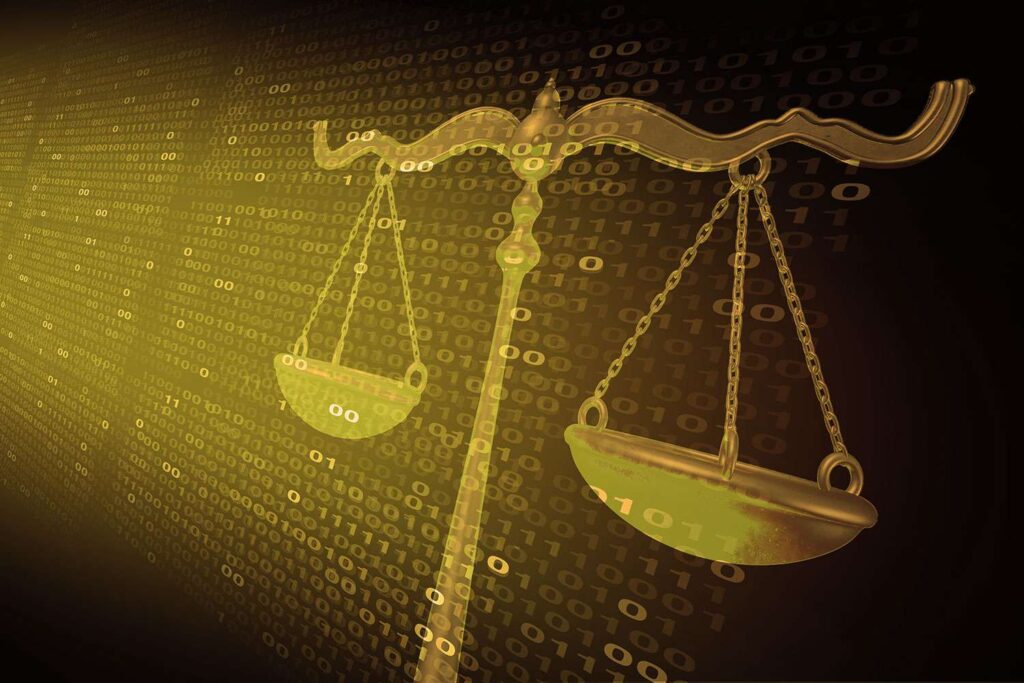Buying or selling property is one of the biggest financial decisions you’ll ever make — and while it’s exciting, it also involves a lot of legal paperwork. One crucial element of any property transaction is conveyancing — the legal process of transferring ownership from the seller to the buyer.
Whether you’re a first-time buyer or an experienced property investor, understanding how conveyancing works can save you time, money, and stress. In this guide, we’ll break down the top 10 things you should know before starting the conveyancing process, so you can approach your next transaction with confidence.
1. What Is Conveyancing?
Conveyancing is the official legal process that ensures property ownership is transferred correctly and lawfully. It begins when an offer on a property is accepted and ends when the buyer officially takes ownership at settlement.
The process involves a range of important steps — from preparing contracts and conducting title searches to managing settlement funds and lodging documents. Whether handled by a conveyancer or a property solicitor, conveyancing ensures the sale or purchase complies with all legal requirements and that your interests are protected.
2. Why Conveyancing Matters in Property Transactions
Conveyancing isn’t just a formality — it’s a vital safeguard. Property law can be complex, and even small errors can lead to expensive consequences.
A properly handled conveyancing process ensures:
- The buyer receives a clear and legal title to the property.
- The seller transfers ownership without future liability.
- All contract terms, government duties, and disclosure obligations are met.
Without conveyancing, issues like unpaid council rates, hidden encumbrances, or title defects could cause costly disputes after settlement.
See more: Best Insolvency Lawyers: Protecting Your Assets and Interests
3. Understand the Conveyancing Process Step-by-Step
Knowing what to expect can help you stay organized and calm throughout the transaction. Here’s how a typical conveyancing process unfolds:
- Pre-contract – The conveyancer reviews the contract of sale, checking for special conditions or legal risks.
- Exchange of contracts – Both parties sign and exchange the contract, making the sale legally binding.
- Searches and due diligence – The conveyancer conducts title and property searches to identify any issues.
- Finance and mortgage – The buyer arranges finance and the conveyancer liaises with the lender.
- Pre-settlement review – The conveyancer ensures all conditions are satisfied before settlement day.
- Settlement – Ownership and funds are transferred.
- Post-settlement – The conveyancer registers the new ownership and finalizes paperwork with authorities.
4. The Role of a Conveyancer or Property Solicitor
A conveyancer or property solicitor acts as your legal representative during the transaction. Their main job is to manage the legal side so you can focus on the move itself.
They handle:
- Drafting and reviewing the contract of sale
- Conducting property title and council searches
- Managing deposits and payments
- Ensuring compliance with local property laws
- Liaising with banks, agents, and government bodies
In essence, they act as your guide and advocate — ensuring the property transfer goes smoothly and you’re fully protected at every step.
5. How Long Does Conveyancing Take?
On average, the conveyancing timeline takes between 4 to 8 weeks, depending on the complexity of the transaction.
However, this can vary based on:
- The speed of mortgage approval
- Title or planning issues
- Contract conditions and cooling-off periods
- Whether it’s a standard or off-the-plan purchase
Having an experienced conveyancer helps you anticipate potential delays and keep everything on track toward settlement.

6. Typical Conveyancing Costs and Fees
Conveyancing costs depend on your location, property type, and the complexity of the transaction.
Generally, you can expect to pay between $800 and $2,000 for professional services, including:
- Legal fees
- Government searches and disbursements
- Lodgment and settlement costs
While it might be tempting to go for the cheapest option, remember that quality and expertise matter — a small mistake in conveyancing can cost far more than the fee itself.
7. Common Pitfalls to Avoid During Conveyancing
The conveyancing process can seem straightforward, but it’s full of potential traps for the unprepared. Common mistakes include:
- Signing a contract before getting legal advice
- Failing to check title restrictions or easements
- Missing key deadlines, such as finance approval dates
- Not understanding stamp duty obligations
Avoiding these errors is easier when you have a professional conveyancer guiding you. Their expertise can help you sidestep costly legal or financial issues.
8. Online Conveyancing: A Modern Approach
Technology has transformed how conveyancing is done. Online conveyancing allows you to complete most of the process digitally — from document signing to real-time updates and even settlement.
Benefits of online conveyancing include:
- Faster communication between parties
- Secure digital document handling
- Easier tracking of progress and payments
It’s convenient, efficient, and just as secure as traditional methods — provided you choose a reputable, licensed online conveyancer.
9. How to Choose the Right Conveyancer
Selecting the right professional can make or break your experience. Here are some practical tips:
- Check qualifications – Ensure they’re licensed and experienced in your state or territory.
- Compare quotes – Ask for a clear breakdown of fees to avoid hidden charges.
- Read reviews – Look for feedback from past clients to gauge reliability.
- Ask about communication – Choose someone who provides regular updates and explains things clearly.
- Experience matters – A seasoned conveyancer can spot issues early and handle them before they escalate.
10. Be Prepared for Settlement Day
Settlement day marks the finish line of your property journey. On this day, the conveyancer ensures that:
- All payments (including taxes and fees) are completed.
- The title transfer is legally registered.
- Both buyer and seller meet all contractual obligations.
Once everything is finalized, ownership officially changes hands — and the buyer can finally collect the keys to their new property.
Conclusion
The conveyancing process is a critical step in every property transaction, ensuring everything is done legally and transparently. Whether you’re buying or selling, understanding these ten key points will help you navigate the process with confidence.
By hiring a qualified conveyancer or property solicitor, you can rest assured that your transaction is in safe hands — minimizing risks, meeting deadlines, and ensuring a smooth path to settlement.
FAQS
A conveyancer manages all legal aspects of transferring property ownership. They handle contracts, conduct title searches, liaise with lenders, and ensure all settlement documents are in order — making sure the sale or purchase is legally valid and smooth for both parties.
Typically, conveyancing takes 4 to 8 weeks, depending on contract conditions, property type, and financing arrangements. Delays can occur due to title issues or slow approvals, so working with an experienced conveyancer helps keep everything on schedule.
Conveyancing fees vary by location and property type but generally range between $800 and $2,000. Costs cover professional services, legal searches, and disbursements. Always ask for a detailed quote upfront to avoid surprises.
Yes. A conveyancer ensures that property contracts are fair, legally compliant, and protect your interests. Attempting a property transfer without professional help may lead to costly legal mistakes or delays.












